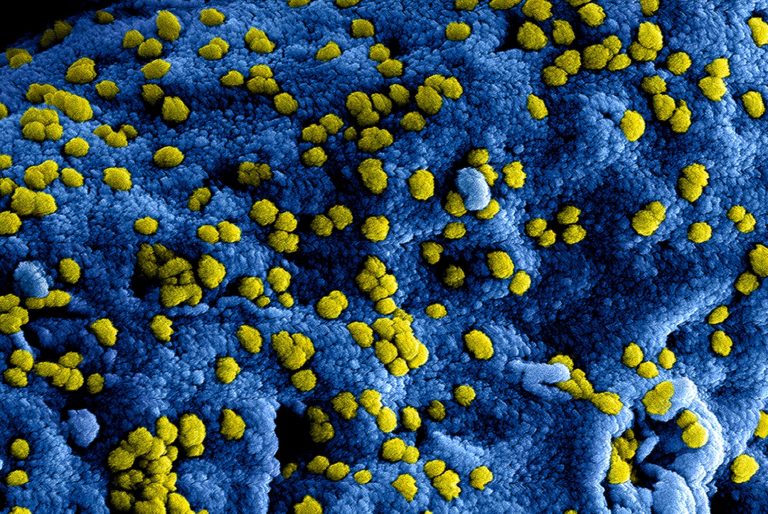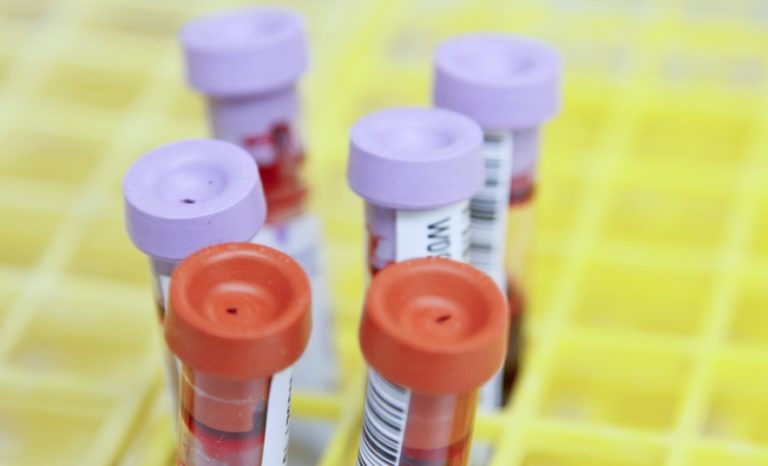June 22, 2021: “AstraZenecaand MSD’s Koselugo (selumetinib) has been granted conditional approval in the EU for the treatment of symptomatic, inoperable plexiform neurofibromas (PN) in paediatric patients with neurofibromatosis type 1 (NF1) aged three years and above.
NF1 is a debilitating genetic condition affecting one in 3,000 individuals worldwide.
In 30-50% of people with NF1, tumours develop on the nerve sheaths (plexiform neurofibromas) and can cause clinical issues such as disfigurement, motor dysfunction, pain, airway dysfunction, visual impairment and bladder or bowel dysfunction.
The approval by the European Commission was based on positive results from the SPRINT Stratum 1 Phase II trial sponsored by the National Institute of Health’s National Cancer Institute (NCI) Cancer Therapy Evaluation Program (CTEP).
This trial showed Koselugo reduced the size of inoperable tumours in children, reducing pain and improving quality of life.
This is the first approval of a medicine for NF1 PN in the EU and follows the positive recommendation by the Committee for Medicinal Products for Human Use of the European Medicines Agency in April 2021.
Safety and efficacy data from the SPRINT Phase II trial with longer follow up will be provided as one of the conditions of approval.
Brigitte C. Widemann, MD, Principal Investigator of the SPRINT trial and Chief, NCI Pediatric Oncology Branch, said: “For children with neurofibromatosis type 1, plexiform neurofibromas can grow and develop so significantly that, in some cases, it becomes debilitating.
In the SPRINT trial, selumetinib shrank NF1-associated PNs in 66% of patients and showed clinically meaningful improvements in PN-related symptoms.”
Dave Fredrickson, Executive Vice President, Oncology Business Unit, said: “As the first medicine approved in the EU for patients with neurofibromatosis type 1, Koselugo has the potential to transform the way plexiform neurofibromas are managed and treated.
The SPRINT data showed that Koselugo not only shrank tumours in some children, but also reduced pain and improved their quality of life.
This significant milestone was made possible thanks to our research partners, the National Cancer Institute, the Neurofibromatosis Therapeutic Acceleration Program, the Children’s Tumor Foundation, the patient community and every child, parent and doctor involved in the clinical trial.”
Roy Baynes, Senior Vice President and Head of Global Clinical Development, Chief Medical Officer, MSD Research Laboratories, said: “Before this approval, surgery was the only treatment option for children in the EU with neurofibromatosis type 1 plexiform neurofibromas.
This approval marks a significant step forward in addressing the debilitating impact of these tumours.”
The SPRINT Stratum 1 Phase II trial showed Koselugo demonstrated an objective response rate (ORR) of 66% (33 of 50 patients, confirmed partial response) in paediatric patients with NF1 PN when treated with Koselugo as twice-daily oral monotherapy.
ORR is defined as the percentage of patients with confirmed complete (disappearance of PN) or partial response (at least 20% reduction in tumour volume).8 Results were published in The New England Journal of Medicine.
Koselugo is approved in the US and several other countries for the treatment of paediatric patients with NF1 and symptomatic, inoperable PN. Further regulatory submissions are underway.
Clinical trials of Koselugo in adult patients with NF1 PN, including an alternative age-appropriate formulation for paediatric patients, are scheduled to begin this year.
NF1
NF1 is caused by a spontaneous or inherited mutation in the NF1 gene and is associated with many symptoms, including soft lumps on and under the skin (cutaneous neurofibromas) and skin pigmentation (so-called ‘café au lait’ spots).
In 30-50% of people, tumours develop on the nerve sheaths.
These PN can cause clinical issues such as pain, motor dysfunction, airway dysfunction, bladder/bowel dysfunction and disfigurement, as well as having the potential to transform into malignant peripheral nerve sheath tumours.
PN begin developing during early childhood, with varying degrees of severity, and can reduce life expectancy by eight to 15 years.
SPRINT
The SPRINT Stratum 1 Phase II trial was designed to evaluate the objective response rate and impact on patient-reported and functional outcomes in paediatric patients with NF1-related inoperable PNs treated with selumetinib monotherapy.
This trial sponsored by NCI CTEP was conducted under a Cooperative Research and Development Agreement between NCI and AstraZeneca with additional support from Neurofibromatosis Therapeutic Acceleration Program (NTAP).
Koselugo
Koselugo (selumetinib) is an inhibitor of mitogen-activated protein kinase kinases 1 and 2 (MEK1/2).
MEK1/2 proteins are upstream regulators of the extracellular signal-related kinase (ERK) pathway. Both MEK and ERK are critical components of the RAS-regulated RAF-MEK-ERK pathway, which is often activated in different types of cancers.
Koselugo received US FDA Breakthrough Therapy Designation in April 2019, Rare Pediatric Disease Designation in December 2019 and US Orphan Drug Designation in February 2018.
Further orphan designations have been granted in the EU, Japan, Russia, Switzerland, South Korea, Taiwan and Australia.”












